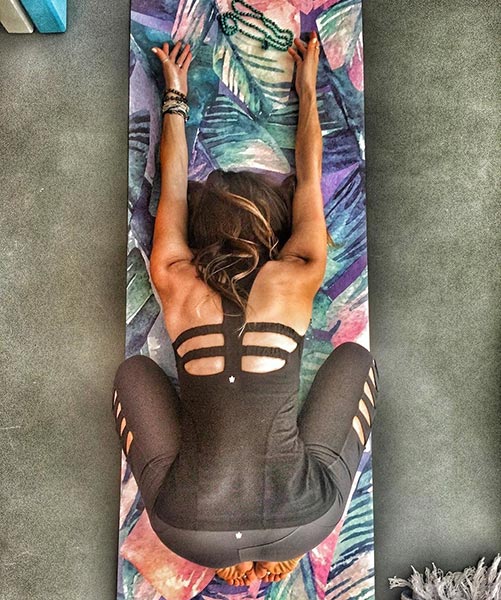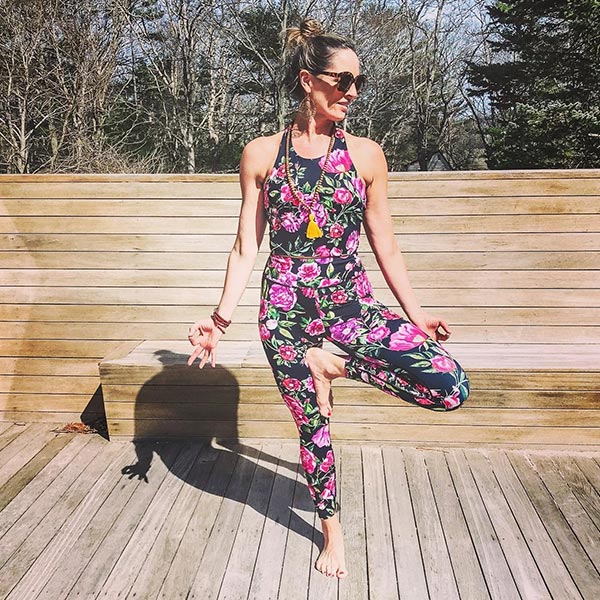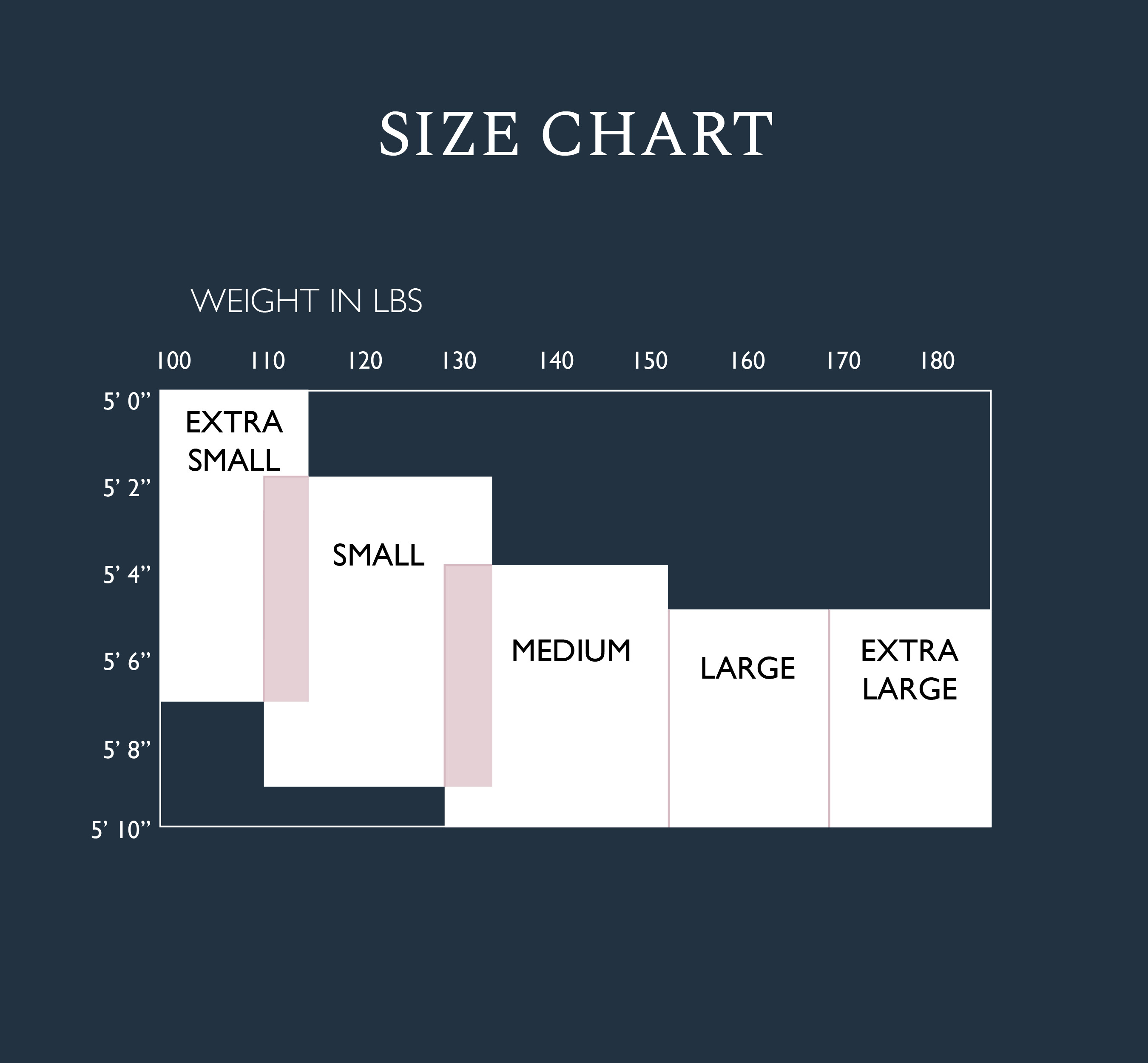
Is Yoga the Solution to All Your Worries?
Anxiety, stress, and worry are all completely natural body responses to life events, however major or minor they may be. Bottled-up stress and anxiety can diminish your quality of life and pull your focus from the important things. The good news is, channeling pent-up energy into a routine activity like yoga has proven to be a beneficial treatment for anxiety. Traditionally, breathing techniques, exercise, and meditation were suggested as a method to alleviate anxiety, so it is no surprise that yoga--a practice that combines these 3 elements--would gain popularity as a technique to regulate mood and emotions!
THE STATS
Unmanaged stress can lead to a variety of health complications, and in recent years the amount of Americans struggling with anxiety and depression have only been increasing. However, in the past year, COVID-19 accelerated the growth at an exponential rate and mental health issues skyrocketed as the world went into lockdown, causing many people to feel isolated, hopeless, financially stressed, and emotionally drained. Anxiety rates in the U.S. jumped from 8.1% in 2019 to 25.5% in 2020. (Khalsa, 2021) Simultaneously, yoga began to pick up traction and medical recognition as a legitimate solution to help cope with some of the symptoms of anxiety- both physical and mental.
COMBATING ANXIETY WITH KUNDALINI
Generalized anxiety disorder, otherwise known as GAD is a common condition that causes difficulty concentrating, pervasive worry, tension, inability to relax, and excessive/obsessive concern. Although many of these symptoms are mental, when left to fester it can begin to takes a toll on the body. The anxiety symptoms can manifest themselves in physical forms, commonly seen in muscle tension, trembling, sweating, and insomnia. This is a natural response as the body is preparing itself for the fight or flight response, which activates the mind and body. Unfortunately, it can cause long-term discomfort if the body is frequently in a tensed state. Recent medical research has shown GAD can be reduced by Kundalini Yoga- a traditional type of yoga practice that involves chanting, singing, movement, postures, breathing exercises, meditation, mantras, and repetitive poses (Khalsa, 2021). The goal is to activate or locate your Kundalini energy otherwise known as shakti. This spiritual energy is thought to be found at the base of one's spine. This style is known to bring about feelings of calmness, balance, gratitude, compassion (Khalsa, 2021).
THE BENEFITS OF YOGA
Yoga practices reduce the heart rate, lowers blood pressure, eases respiration, and can even increase heart rate variability, an indicator of the body's ability to respond to stress more flexibly. By practicing yoga regularly, it promotes meditation, clear thought, mind-body awareness and creates techniques that can help you keep a clear head and calm body during stressful situations. You don’t need any special style of yoga to reduce stress and anxiety. There are simple poses you can do that require no equipment and minimal flexibility or experience. Something as easy as a standing forward bend can be beneficial! Here are three yoga poses that are a simple place to start when feeling stressed:
STANDING FORWARD BEND
Muscles Targeted: Spinal muscles, piriformis, hamstrings, gastrocnemius, and the gracilis.
Benefits: This standing resting pose can help ease and relax your mind, while also releasing tension in the upper shoulders, neck, and back.
How To: With your feet approximately hip-width distance, exhale as you fold at your waist forward with your hands on your hips, keeping a slight bend in your knees. Once you go as far down as you’d like, drop your arms and rest them on the floor or in the air, and tuck your chin into your chest while the tension is released in your lower back and hips.
CHILD'S POSE
Muscles Targeted: Gluteus Maximus, rotator muscles, hamstrings, and spinal extensors.
Benefits: To help ease stress and fatigue
How To: Starting from kneeling position, fold at the waist with your hands extended on the ground in front of you, allow your torso to rest on your thighs and your forehead on the floor. You can keep your arms extended or beside your body. Hold for as long as you’d like.
VRIKSHASANA - (TREE POSE)
Muscles Targeted: Abdominals, psoas, quadriceps, and the tibialis anterior.
Benefits: The standing tree pose can help you focus inward, quiet the mind and racing thoughts, and help ground yourself.
How To: Standing with both feet on the ground, shift your weight to one leg and slowly lift the opposite foot, turning your sole towards the inside of your leg. You can rest it either on your left ankle, calf, or thigh but avoid putting pressure from your foot against your knee. You can either raise your hands above your head or rest them in a prayer position. Repeat on opposite leg.
If you enjoyed this blog check out: "Sitting too Much? 5 Ways to Get Moving," "8 Different Types of Yoga: Explained to Help you Choose", "8 Ways to Show Yourself Some Kindness", and "The Secret of Self-Care: Approach over Action"
Cronkleton, E. (2018, June 6). Yoga for Anxiety: 11 Poses to Try. Healthline . https://www.healthline.com/health/anxiety/yoga-fo...
Harvard Health. (2009, April). Yoga for anxiety and depression. Yoga for Anxiety and Depression. https://www.health.harvard.edu/mind-and-mood/yoga...
Khalsa, S. B. S. (2021, January 22). Growing Medical Recognition of Yoga as a Treatment for Anxiety. https://dailycup.yoga/2021/01/22/growing-medical-...





